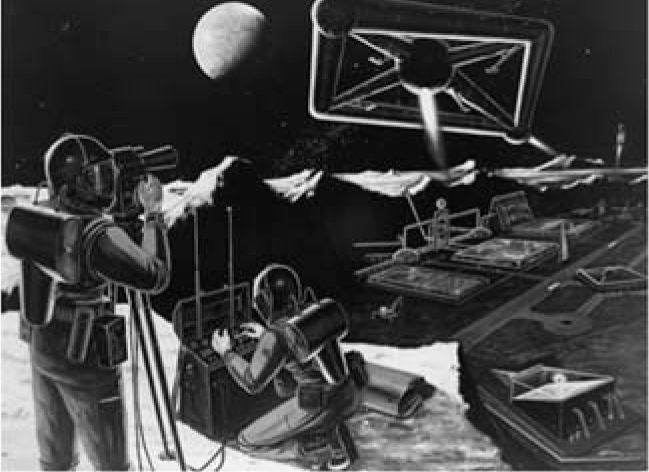Science on the Moon
DOI: 10.1063/1.4797441
Describing the Moon as “priceless to planetary scientists,” the National Research Council has, at the request of NASA, laid out a plan detailing what the scientific missions and priorities should be if the US returns to the lunar surface under President Bush’s Vision for Space Exploration.
The NRC interim report, The Scientific Context for Exploration of the Moon , details in a series of findings and recommendations what science should be pursued. Saying that information is expected from unmanned missions flown before 2010 by the US and other nations, the report calls for NASA to quickly establish two new enabling programs, one for fundamental lunar research and the other for lunar data analysis.
Another recommendation calls for NASA to explore the Moon’s South Pole–Aitken basin. To determine the composition and structure of the lunar interior, the report recommends deployment of a network of geophysical stations across the Moon.
The report also calls for maximizing the diversity of lunar samples; making sure lunar landing sites are determined with science in mind; studying the volatiles at the poles early to avoid damage to the lunar environment; and characterizing the lunar atmosphere. The report also calls for a “thorough study of the potential of the Moon as an observational site for studies of Earth, Sun-Earth connections, astronomy, and astrophysics.”
The committee that issued the interim report was chaired by physicist George Paulikas, a retired vice president of Aerospace Corporation. The final report is due out in mid-2007.

NASA’s 1959 vision of a lunar science research outpost.
NASA

More about the Authors
Jim Dawson. American Center for Physics, One Physics Ellipse, College Park, Maryland 20740-3842, US .




